Want to Protect Your Home? Learn How to Check for Subterranean Termites
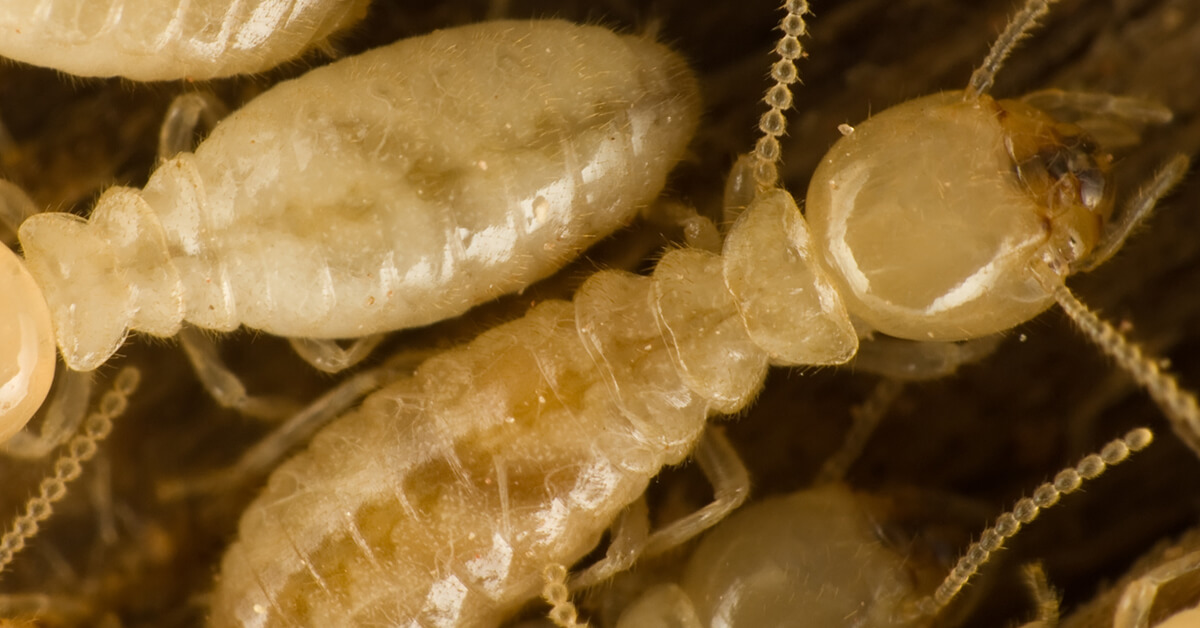
Buying a home can be one of the biggest and most exciting purchases someone makes. Since it’s such a large investment, it’s easy to feel a lot of stress and pressure to protect your home from danger. One of the greatest (but hardest to detect) threats to any real estate property is a termite infestation.
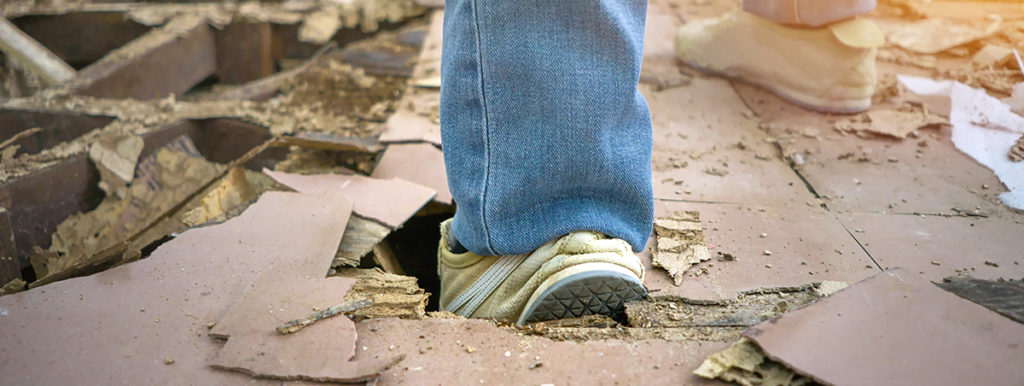
Costly Termite Damage
Termite infestations cost homeowners in the United States more money than fire, tornado, and earthquake damage combined. Why? Unlike other repairs, homeowner’s insurance policies rarely cover repairs for termite damage.
With risks this high, you probably want to know if termites infest your home. To know what to look for when searching for termites, it’s helpful to first have a basic idea of how they live.
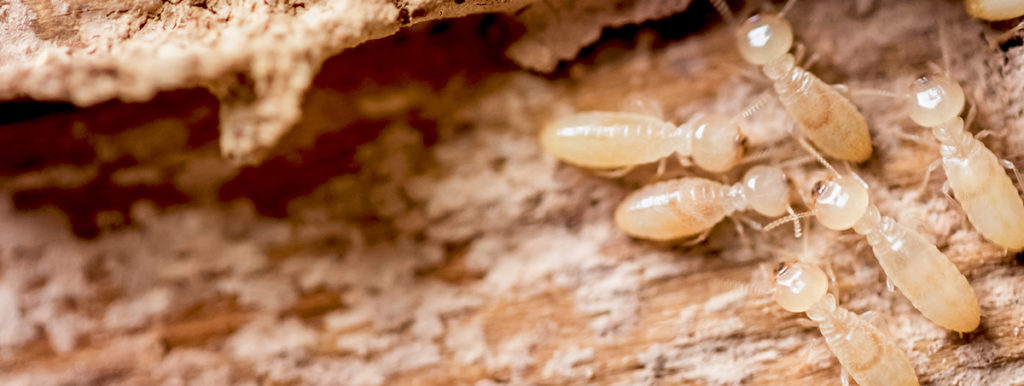
Subterranean Termites
There are several different termite species, but today, let’s take a look at subterranean termites. We find subterranean termite colonies throughout most of the United States—most abundantly in the southern, warmer states. These termites live underground in colonies. All year-round, worker termites forage for new food sources—covering areas up to 100-yards from the colony. When a termite worker finds a new food source, they secrete a pheromone trail back to the colony. This trail alerts the other workers to follow the trail to the food source and begin to feast.
If you’ve seen a photo of termite-eaten, hollowed-out wood, you know that termites usually eat their foods from the inside out. This is why it’s often not obvious when there’s an infestation present. However, a few areas on the exterior of your home can offer clues to whether you have a subterranean termite problem… if you know what to look for and where to look.
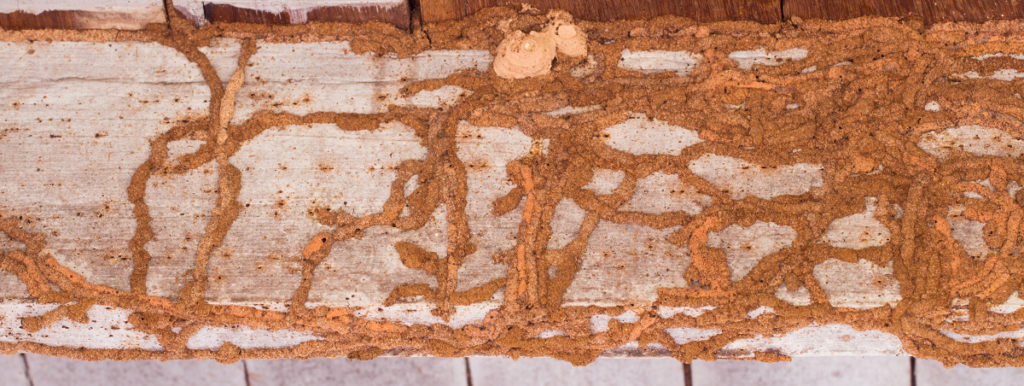
How to Check for Termites
Since termites avoid light and prefer to remain hidden, they will build shelter tubes to cover above-ground pathways and limit their exposure to predators and other natural elements. Termites use their feces and saliva as construction materials for their shelter tubes—often called “mud tubes” due to their muddy color. Termites will build these tubes so the colony can travel back and forth to food sources. One of the most common places to find mud tubes is on the outside of a home’s foundation where the structure meets the ground. Shelter tubes can also be found along the walls in basements.
That’s not all—you should also check for termite activity underneath landscaping elements. If you have mulch beds in your yard, move the mulch around periodically to check for evidence of termites’ feeding damage. Since termites prefer dark and moist out-of-the-way places to nest and feed, be sure to also check under rocks and other crevices. If you do find termites in the mulch or yard, it usually means termites have also secretly begun to invade the inside your home—that’s when you might want to call in the help of a professional.
What Else Can You Do to Defend Against Termites?
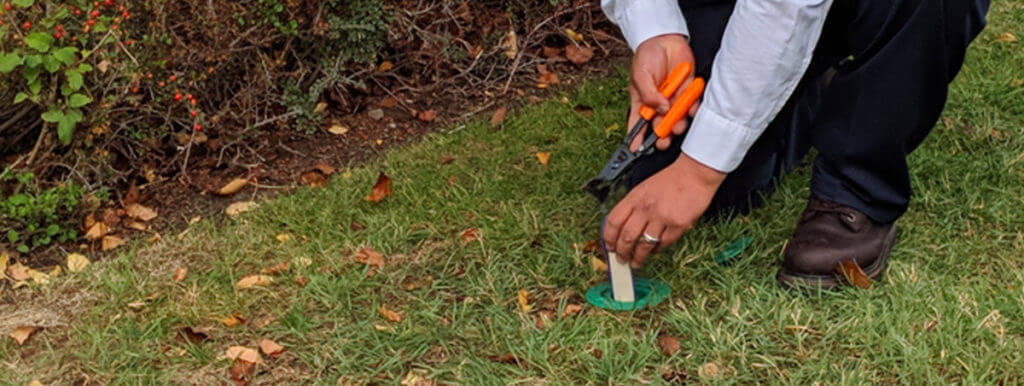
While checking these areas can give you a better idea of the status of your home regarding termites, ultimately it’s not foolproof. You can still have a full-blown infestation that goes unseen since you can’t see what’s going on behind the drywall of your home. That’s exactly why many property owners use preventative termite treatments to stop potential problems before they start—gaining peace of mind in the process.
Don’t worry, Moxie has your back(yard).* Many Moxie Pest Control locations offer termite control services. Our termite experts can help you customize a solution to protect your home. Contact us to learn more!
*Termite services only available in select locations.

